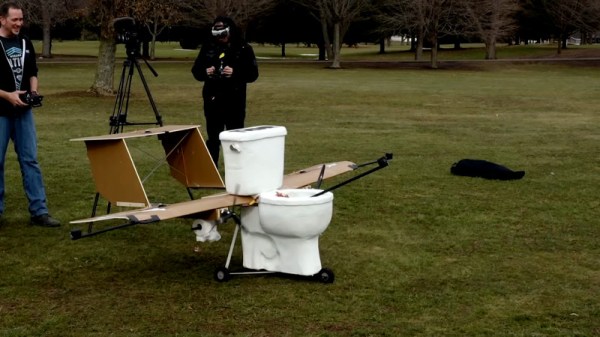Ubiquitous computing has delivered a world in which there seem to be few devices left that no longer contain a microprocessor of some sort. Thus should a student wish to learn about the inner workings of a computer they can easily do so from a multitude of devices. For an earlier generation though this was not such a straightforward process, in the 1950s or 1960s you could not simply buy a microcomputer and set to work. Instead a range of ingenious teaching aids providing the essentials of computing without a computer were created, and those students saw their first computational logic through the medium of paper, ball bearings, or flashlight bulbs.
The DigiComp II was just such a device, performing logic tasks through ball bearings rolling down trackways. Genuine machines are now particularly rare, so [Mike Gardi] created a modern 3D printed replica that delivers all the fun without the cost. It’s a complicated build with a multitude of parts and wire linkages, and there is an element of fine tuning of its springs required to achieve reliable operation. You’ll neither run a Beowulf cluster of DigiComp IIs nor will you mine any Bitcoin with one, but it’s definitely one of the more unusual computing devices you could have in your collection.
Of course, should you need a truly authentic period computing device, there is always the slide rule.
Via Hacker News.

















